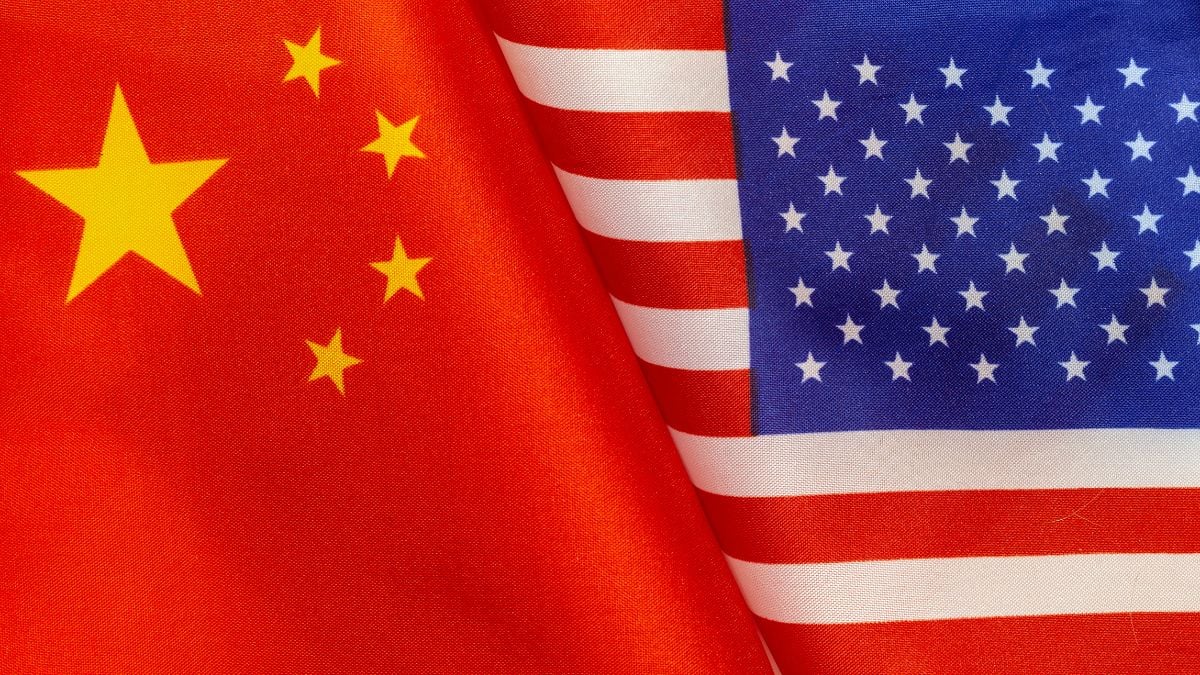
The economic relationship between the United States and China remains one of the most significant in the world, despite increasing geopolitical tensions and the effects of the trade war that began with the imposition of tariffs under the Donald Trump administration. By 2024, total trade in goods between the two nations reached $583 billion, with $143.55 billion in U.S. exports to China and $438.95 billion in imports from China to the U.S., resulting in a U.S. trade deficit of $295.4 billion.
This structural imbalance has been one of the main arguments for the U.S. government to impose corrective tariffs, particularly under Trump’s “reciprocity” policy, which views China as having unfairly benefited from an open global trade system.
ALSO READ: Coca-Cola responded to the Mexican boycott with this gift
What was the impact of the tariff war between the U.S. and China?
Since 2018, both countries have entered a spiral of protectionist measures that have progressively raised bilateral tariffs. By April 2025, average U.S. tariffs on Chinese products reached 134.7%, while China responded with tariffs of 106.6% on American goods. These measures have not only altered trade flows but also triggered inflation in the United States and forced many tech companies to reconsider their supply chains.
One of the most relevant effects was the cost consumers had to absorb. For instance, the price of a high-end iPhone was estimated to rise from $1,599 to $2,300 if the 54% average tariff on electronics from China was applied.
- Total trade value (2024): $583 billion (U.S. exports to China: $143.55 billion; imports from China: $438.95 billion).
- U.S. trade deficit with China (2024): $295.4 billion, reflecting a persistent negative trade balance for the U.S. SOURCE: Statista
ALSO READ: What are the new tariffs Donald Trump wants to impose on Mexico?
Which products are most affected by tariffs?
Technology and electronics have been at the heart of the tariff conflict. However, on April 13, 2025, the U.S. government decided to temporarily exclude 20 product categories from tariffs, including computers, hard drives, chips, flat panel displays, and smartphones. These exclusions benefited companies such as Apple, Nvidia, and Dell, which heavily rely on components manufactured in China and Taiwan.
China’s own Ministry of Commerce called the move “a small step by the U.S. to correct its wrong practice of unilateral ‘reciprocal tariffs,’” quoting a Chinese proverb: “The bell on a tiger’s neck can only be untied by the one who tied it,” referring to the idea that only the U.S. can end the conflict it initiated.
ALSO READ: Which tariffs did the United States actually impose on Mexico?
What are the main U.S. exports to China?
In 2024, agriculture was one of the leading sectors for U.S. exports to China. That year alone, agricultural goods worth $18.2 billion were shipped. Other major export categories included chemicals ($25.5 billion), electronics ($19.9 billion), transportation equipment ($18.1 billion), and machinery ($11.5 billion).
Additionally, in the services sector, the U.S. exported more than $41.8 billion to China in 2022, with tourism, education, and financial services leading the way.
- Trend 2014–2024: U.S. exports to China rose from $123.66 billion in 2014 to a peak of $154.01 billion in 2022, before slightly declining to $143.55 billion in 2024.
- Top export products (2024):
- Chemicals ($25.58 billion).
- Computers and electronic products ($19.98 billion).
- Agricultural products ($18.22 billion).
- Transportation equipment ($18.18 billion). SOURCE: Statista
How have exports and imports between the U.S. and China evolved?
Bilateral trade has fluctuated since 2014, but tensions escalated especially after 2018, during Trump’s first term. According to Statista, U.S. exports to China dropped from $154 billion in 2023 to $143.55 billion in 2024. In contrast, imports from China slightly declined from $504.29 billion in 2022 to $438.95 billion in 2024.
The U.S. share in China’s total exports has also decreased—from 18% in 2014 to just 14.7% in 2024. Meanwhile, U.S. goods represented only 6.3% of China’s total imports in 2024.
Which U.S. states trade the most with China?
Texas led U.S. goods exports to China in 2023, with a value of $25.7 billion, followed by California, Louisiana, and Indiana. In services, California also led with $8.4 billion in exports, followed by New York and Texas.
What role does foreign direct investment (FDI) play between both nations?
Despite the uncertainty, China invested nearly $6.9 billion in the U.S. in 2023 through foreign direct investment. This figure is far below the peak of $16.9 billion in 2016. Key sectors included financial services, manufacturing, wholesale trade, and scientific research.
How does the trade relationship affect U.S. companies?
According to a 2024 survey by the US-China Business Council, 85% of U.S. companies operating in China reported that trade tensions negatively impacted their business. The main consequences were lost sales, supplier changes, and canceled investments.
Additionally, 43% of those companies also reported being affected by U.S. export controls, which led to broken relationships with Chinese clients and suppliers.
Distrust toward the United States has also grown among Chinese citizens. In 2024, about one-third of respondents rated their trust in the U.S. as 1 out of 7. Only 1% said they fully trusted the country.
What impact will tariffs have on the GDP of both countries?
According to projections by the Peterson Institute, if the 10% tariffs on Chinese imports continue, China’s GDP could shrink by up to 0.16% in 2026 and 2027. For the U.S., the impact would be smaller, with a decrease of just 0.07%.
These figures could worsen if retaliatory measures intensify or new restrictions target strategic sectors such as semiconductors.
Can global trade survive this trade war?
Although Donald Trump claims that “the United States is bringing in a lot of money from tariffs” and that he maintains a good relationship with Xi Jinping, the consequences of the trade war are evident: inflation, shortage of tech products, financial volatility, and a decline in international trust in the U.S. dollar.
Still, there are signs of adaptation: Apple has started relocating part of its production to India and has chartered planes to deliver 600 tons of iPhones to the U.S., aiming to avoid higher tariffs.










